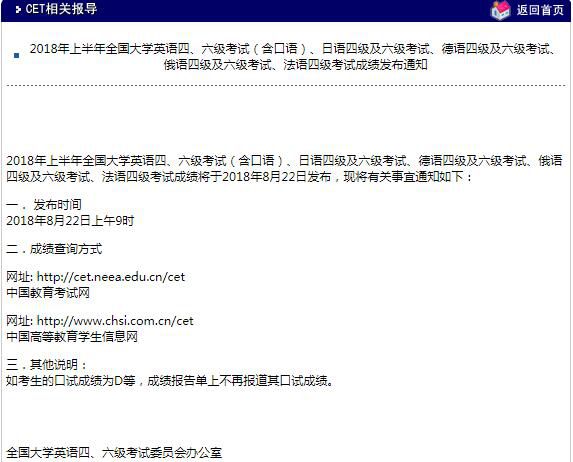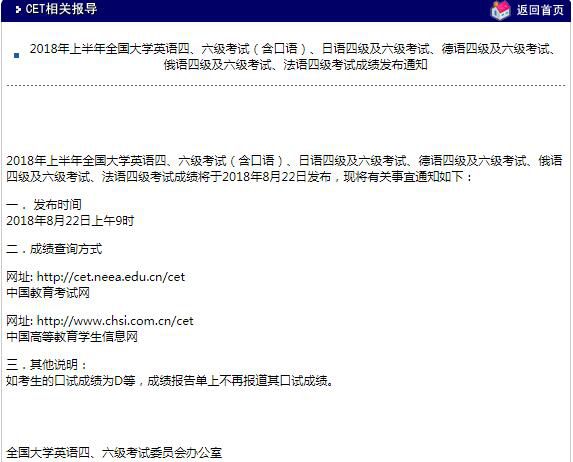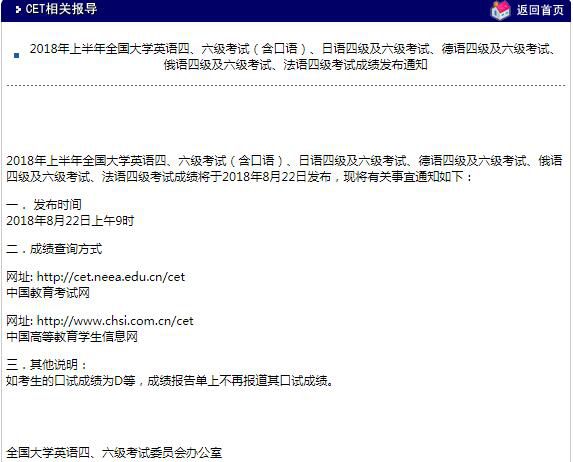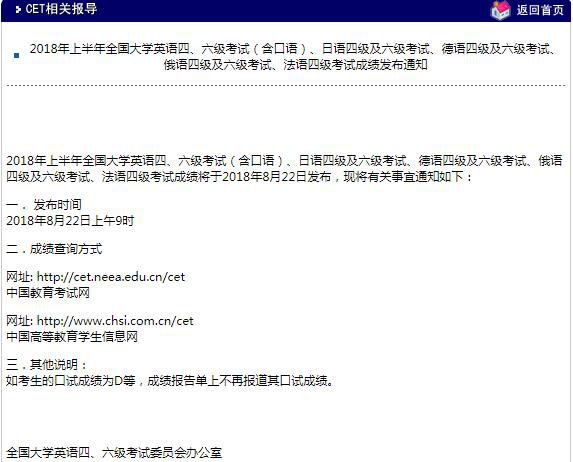GMAT网络课堂阅读笔记-王昆嵩主讲[1]
|
Passage 1 Prior to 1975, union efforts to organize public sectorclerical workers, most of whom are women, were somewhat limited. The factors favoring unionization drives seem to have been either the presence of large numbers of workers, as in New York City, to make it worth the effort, or the concentration of small numbers in one or two locations, such as a hospital, to make it relatively easy. Receptivity to unionization on the workers' part was also a consideration, but when there were large numbers involved or the clerical workers were the only unorganized group in a jurisdiction, the multioccupational unions would often try to organize them regardless of the workers' initial receptivity. The strategic reasoning was based, first, on the concern that politicians and administrators might play off unionized against nonunionized workers, and, second, on the conviction that a fully unionized public work force meant power, both at the bargaining table and in the legislature. In localities where clerical workers were few in number, were scattered in several workplaces, and expressed no interest in being organized, unions more often than not ignored them in the pre-1975 period. But since the mid-1970's, a different strategy has emerged. In 1977, 34 percent of government clerical workers were represented by a labor organization, compared with 46 percent of government professionals, 44 percent of government blue-collar workers, and 41 percent of government service workers. Since then, however, the biggest increases in public-sector unionization have been among clerical workers. Between 1977and 1980, the number of unionized government workers in blue-collar and service occupations increased only about 1.5 percent, while in the white-collar occupations the increase was 20 percent and among clerical workers in particular, the increase was 22 percent. What accounts for this upsurge in unionization among clerical workers? First, more women have entered the work force in the past few years, and more of them plan to remain working until retirement age. Consequently, they are probably more concerned than their predecessors were about job security and economic benefits. Also, the women's movement has succeeded in legitimizing the economic and political activism of women on their own behalf, thereby producing a more positive attitude toward unions. The absence of any comparable increase in unionization among private-sector clerical workers, however, identifies the primary catalyst-the structural change in the multioccupational public-sector unions themselves. Over the past twenty years, the occupational distribution in these unions has been steadily shifting from predominantly blue-collar to predominantly white-collar. Because there are far more women in white-collar jobs, an increase in the proportion of female members has accompanied the occupational shift and has altered union policy-making in favor of organizing women and addressing women's issues. 1.According to the passage, the public-sector workers who were most likely to belong to unions in 1977 were(A) professionals 2.The author cites union efforts to achieve a fully unionized work force (line 13-19) in order to account for why 3. The author's claim that, since the mid-1970's, a new strategy has emerged in the unionization of public sector clerical workers would be strengthened if the author 4. According to the passage, in the period prior to 1975, each of the following considerations helped determine whether a union would attempt to organize a certain group of clerical workers EXCEPT (E) whether all the other workers in the same juries diction as that group of clerical workers were unionized 5. The author states that which of the following is a consequence of the women's movement of recent years? 6. The main concern of the passage is to 7. The author implies that if the increase in the number of women in the work force and the impact of the women's movement were the main causes of the rise in unionization of public-sector clerical workers, then 8. The author suggests that it would be disadvantageous to a union if 9. The author implies that, in comparison with working women today, women working in the years prior to the mid-1970's showed a greater tendency to |








